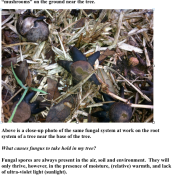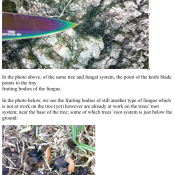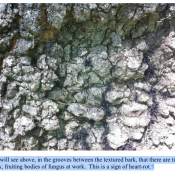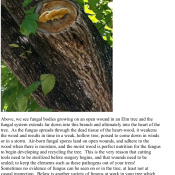How do I know if my tree is going to fall over in the wind or in a storm part1 11-22-13
How do I know if my tree is going to fall over in the wind or in a storm part2 11-25-13
If you have any concerns or inclination that your trees are developing such concerns listed in our newest articles, White Rock Tree Wizards (aka Dallas Tree Doctor) offers a free initial assessment and consultation. If remedial action is indicated……. call White Rock Tree Wizards today for your free, no obligation assessment/consultation; and a firm estimate of the fees.
Call 972-803-6313, email jim@arborwizard.com, find us on Facebook or visit our website at www.treewizards.com.
We encourage new viewers to type White Rock Tree Wizards into their Google, Yahoo or Bing search to find all the online resources & reviews regarding White Rock Tree Wizards (Reviews include our A+ rating with the BBB, positive reviews on online Yellow Pages, our A rating with Angie’s List & many more!).
We look forward to hearing from you soon and to being of excellent service as your Dallas Tree Doctor …… Thank You!
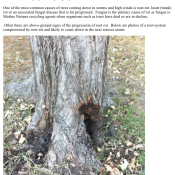
One of the most common causes of trees coming down in storms and high winds is root-rot, heart (trunk)
rot or an associated fungal disease that is far progressed. Fungus is the primary cause of rot as fungus is
Mother Natures recycling agents when organisms such as trees have died or are in decline.
“Often there are above-ground signs of the progression of root rot. Below are photos of a root-system
compromised by root-rot and likely to come down in the next serious storm.”
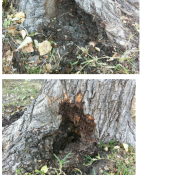
Sometimes root or heart-rot is not as obvious in cases where the majority of the damage is below ground level. However, there are other symptoms of the progression of fungal rot.
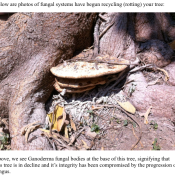
Above, we see Ganoderma fungal bodies at the base of this tree, signifying that
this tree is in decline and the integrity of the tree has been compromised by the progression of
fungus.
